Experiential Learning Theory to Practice - experiential learning guidance
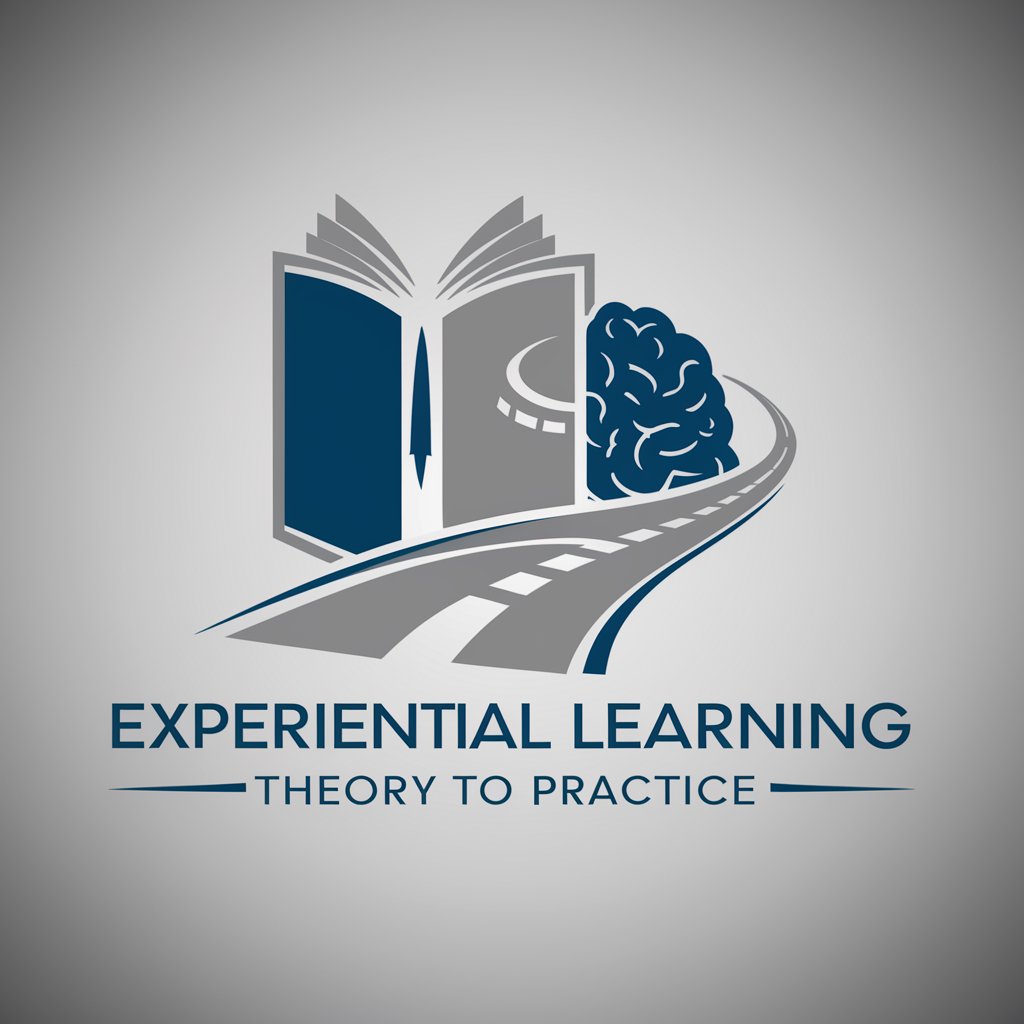
Welcome to Experiential Learning Theory to Practice!
Transform Experience into Knowledge with AI
Describe a classroom setting where students are using business strategy games to learn strategic management.
Explain the benefits of using experiential learning methods in business education.
How does the Business Strategy Game help in developing critical thinking skills?
Discuss the impact of simulation games on students' problem-solving abilities.
Get Embed Code
Introduction to Experiential Learning Theory to Practice
Experiential Learning Theory to Practice is designed to bridge theoretical knowledge and practical application, particularly in the realm of education and professional development. It leverages the core principles of experiential learning — learning through reflection on doing — to enhance understanding, retention, and application of knowledge in real-world contexts. This approach is grounded in the idea that learners gain deeper insights and more robust skills by engaging directly with the subject matter through activities, simulations, or real-world experiences, rather than through passive reception of information. Powered by ChatGPT-4o。

Main Functions of Experiential Learning Theory to Practice
Facilitation of Hands-on Learning
Example
In a business management course, rather than solely discussing theoretical models, students participate in a simulation where they run a virtual company, applying strategic management concepts in real-time.
Scenario
Educational institutions can incorporate this function into their curricula to provide students with practical insights into business management, enhancing their problem-solving and decision-making skills.
Enhancement of Reflective Practice
Example
Healthcare professionals engage in simulated patient interactions, followed by a debriefing session where they reflect on their communication, diagnosis, and treatment decisions.
Scenario
Training programs for healthcare professionals can use this function to improve patient care by refining practitioners' ability to critically assess and learn from their clinical experiences.
Integration of Theory and Practice
Example
In an engineering workshop, learners design and construct a small-scale bridge, applying physics and materials science principles they have studied.
Scenario
Engineering education programs can adopt this function to help students directly see the relevance and application of their academic studies in tangible engineering projects.
Ideal Users of Experiential Learning Theory to Practice Services
Educators and Trainers
These professionals can leverage experiential learning strategies to create more engaging and effective learning environments, facilitating deeper understanding and retention of knowledge among students or trainees.
Corporate Training Departments
These departments can apply experiential learning principles to design training programs that help employees develop practical skills and adapt to real-world challenges in their job roles.
Professional Development Coordinators
Individuals in this role can use experiential learning methodologies to plan and execute continuous learning opportunities for professionals, ensuring they remain competent and competitive in their fields.

Guidelines for Utilizing Experiential Learning Theory to Practice
Begin Your Journey
Start your exploration by accessing a platform offering a hands-on approach to learning, such as yeschat.ai, where a free trial awaits you without the need for signing in or subscribing to premium services.
Identify Learning Objectives
Clearly define your learning goals. Understand what competencies, skills, or knowledge you aim to acquire through experiential learning activities.
Engage in Reflective Observation
After each experiential learning activity, take time to reflect on the experience. Analyze what happened, how you reacted, and what outcomes were achieved.
Apply Abstract Conceptualization
Draw connections between the theories or principles you're studying and your practical experiences. Use these insights to conceptualize new ideas or approaches.
Test in New Situations
Apply your new concepts or theories in different contexts or settings to test their validity and adaptability. This iterative process enhances learning and understanding.
Try other advanced and practical GPTs
Professional Summariser
Streamline Your Text with AI-Powered Summaries
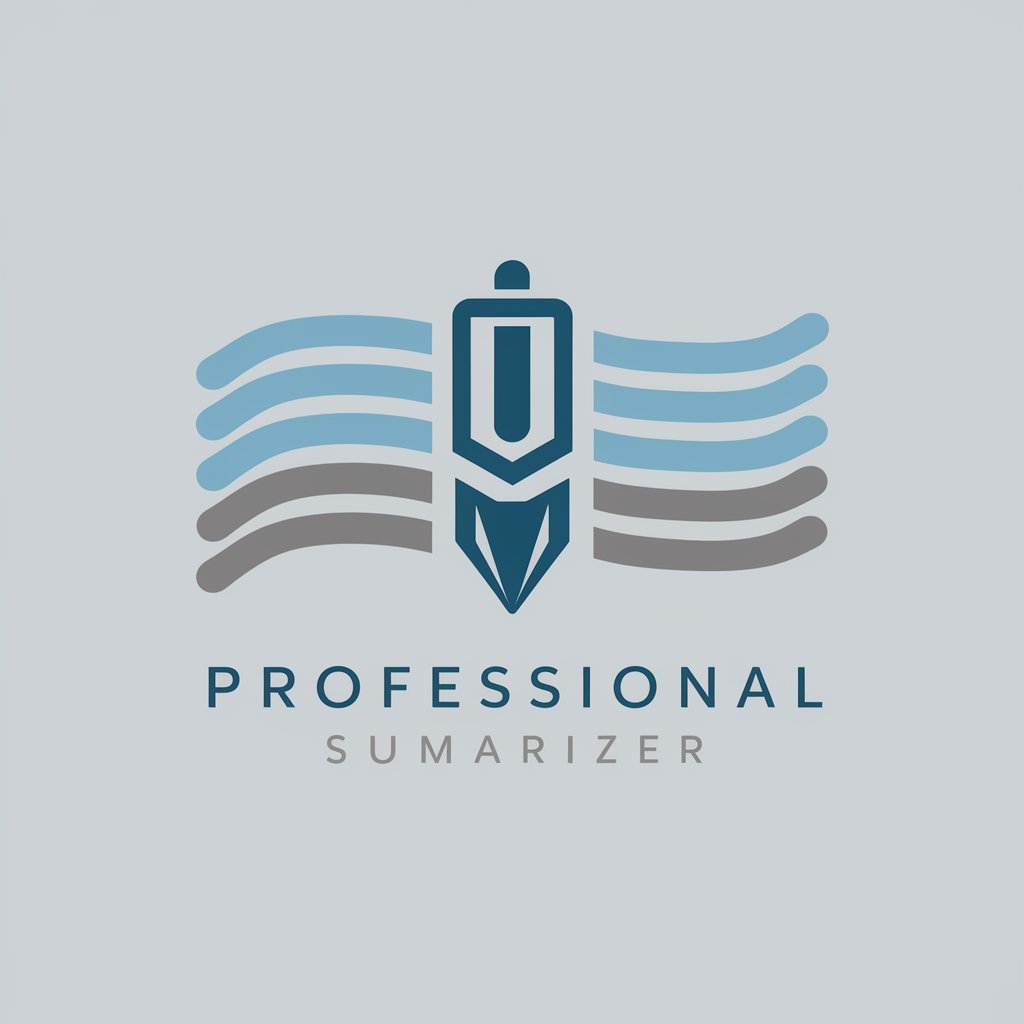
模拟专家会议
Expert Insights at Your Fingertips
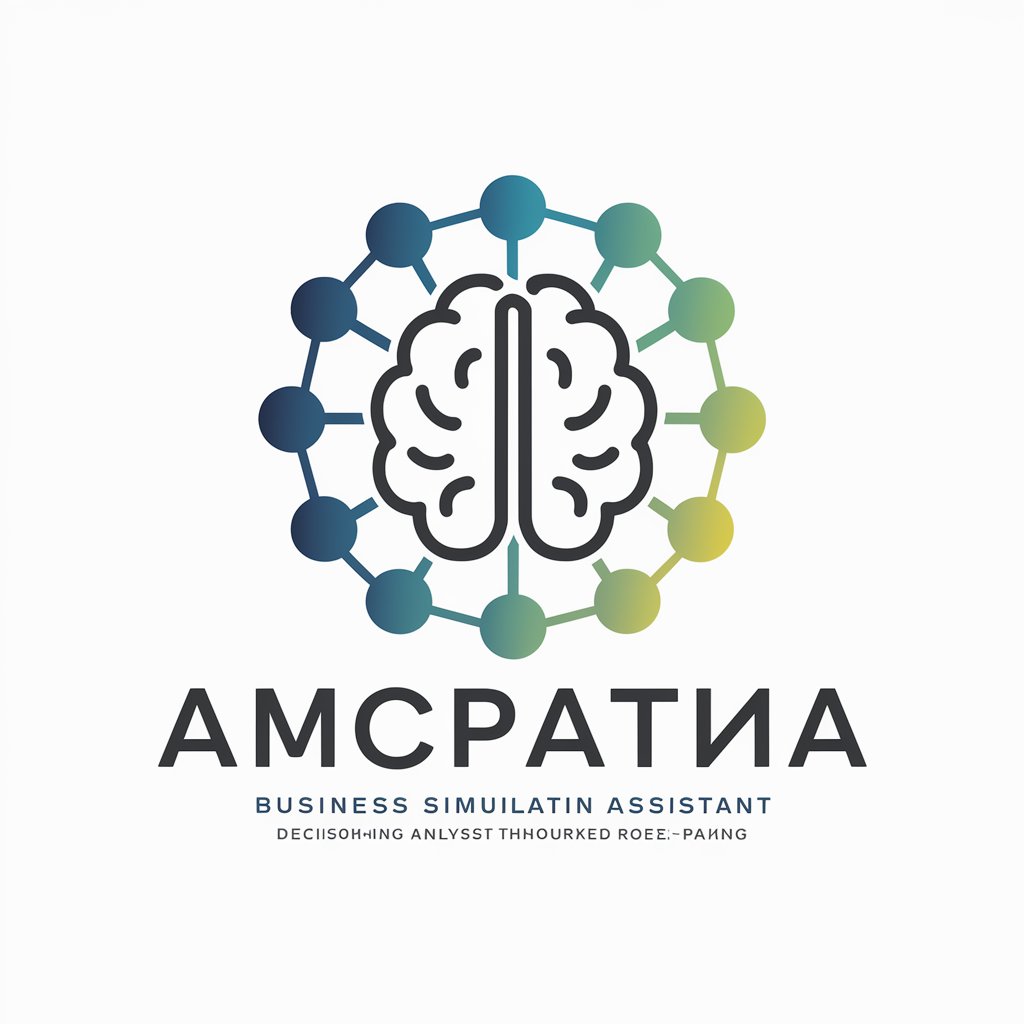
SoulGirl 心灵女友
Empathetic AI Companion at Your Service

Shoutouts
Amplify your message with AI-powered shoutouts

Excel Integrator
Streamlining Excel data integration with AI
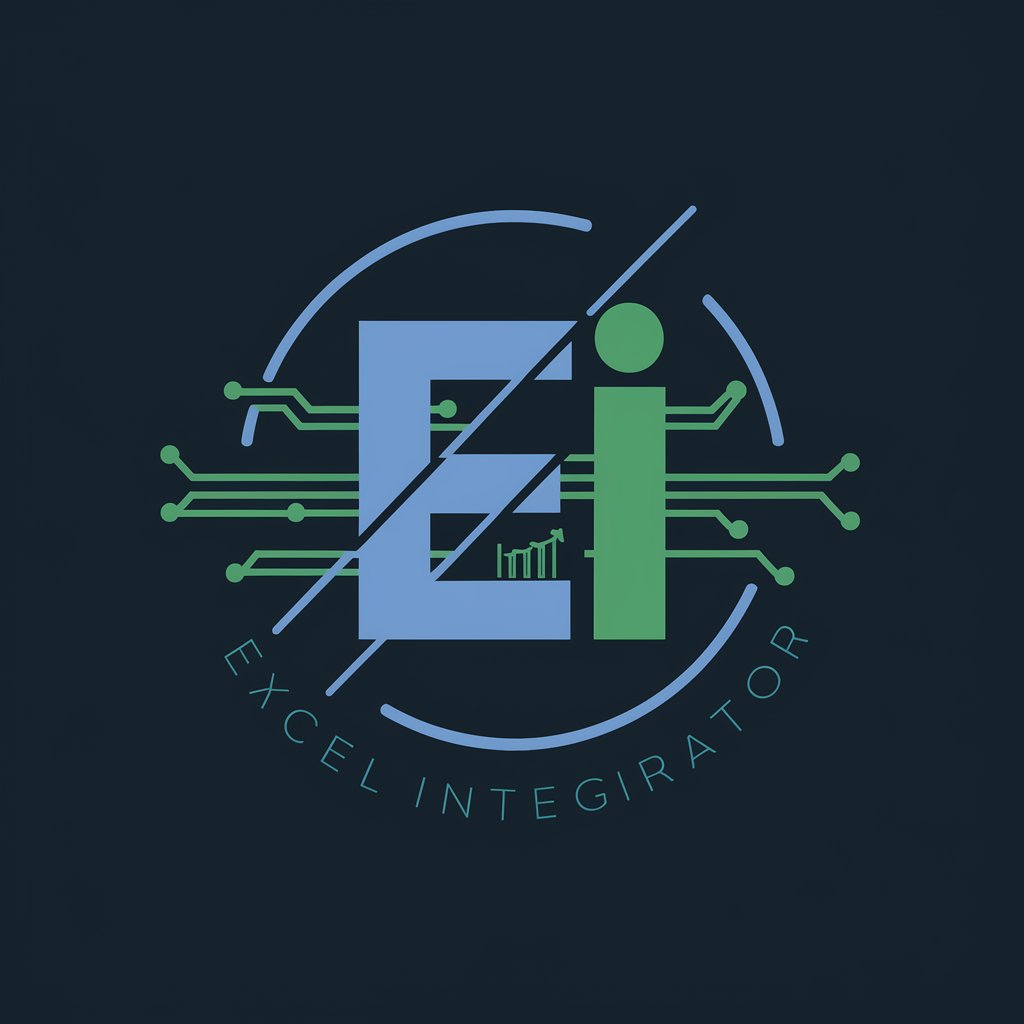
Sound Sage
Revolutionizing Sound with AI Expertise

Time Management Wizard
Elevate productivity with AI-driven time management
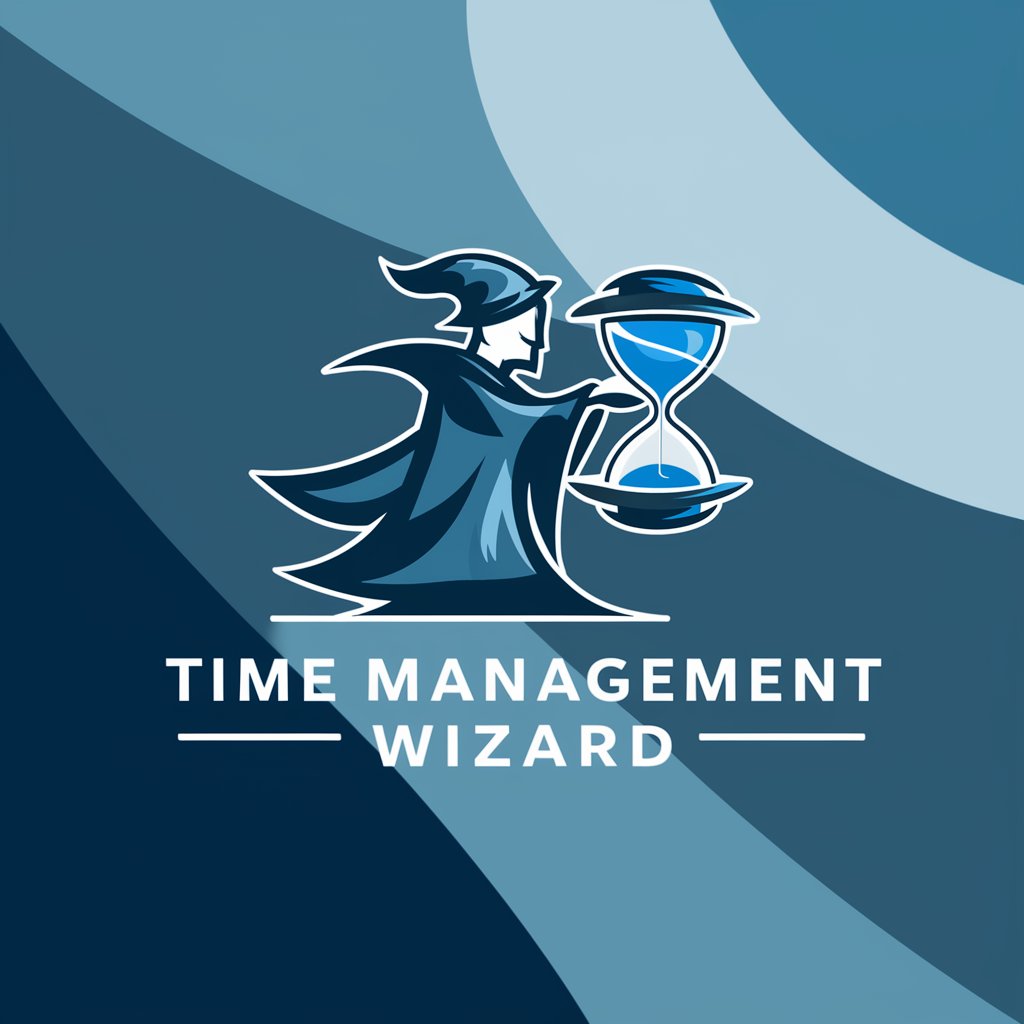
TinderBot
Spark Connections with AI-Powered Humor

ATM Simulator
Simulate Banking, Master Finances
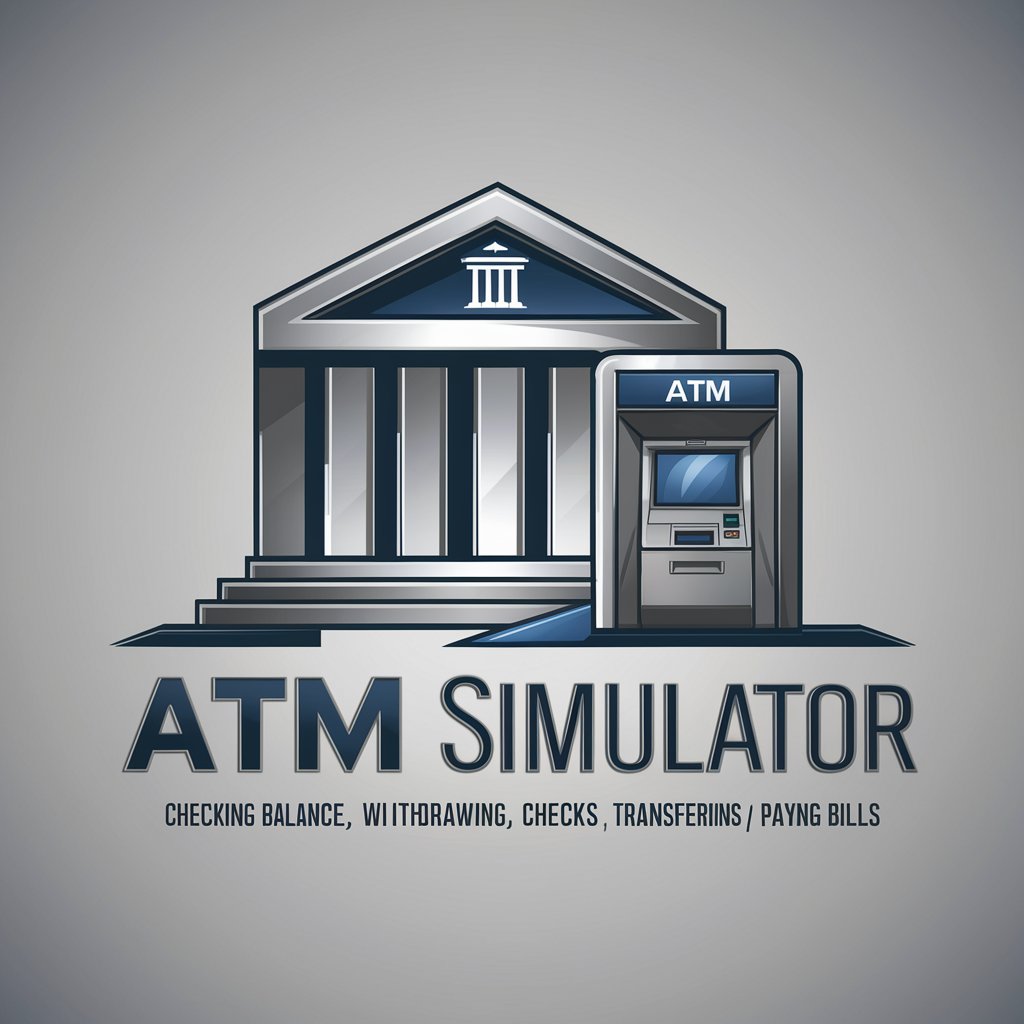
Signal Maestro
Deciphering Signals with AI Precision
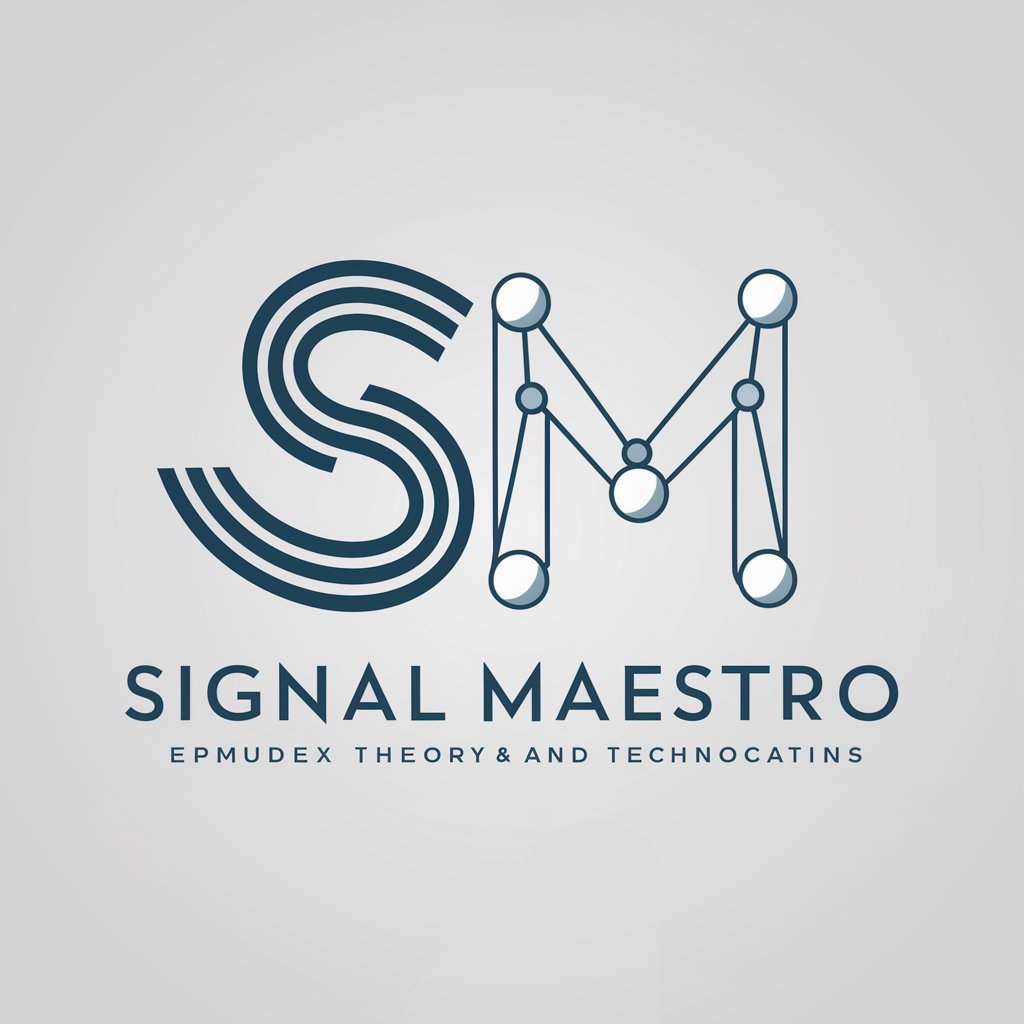
Research Radar: Tracking social sciences
Navigating the Frontier of Social Science Research
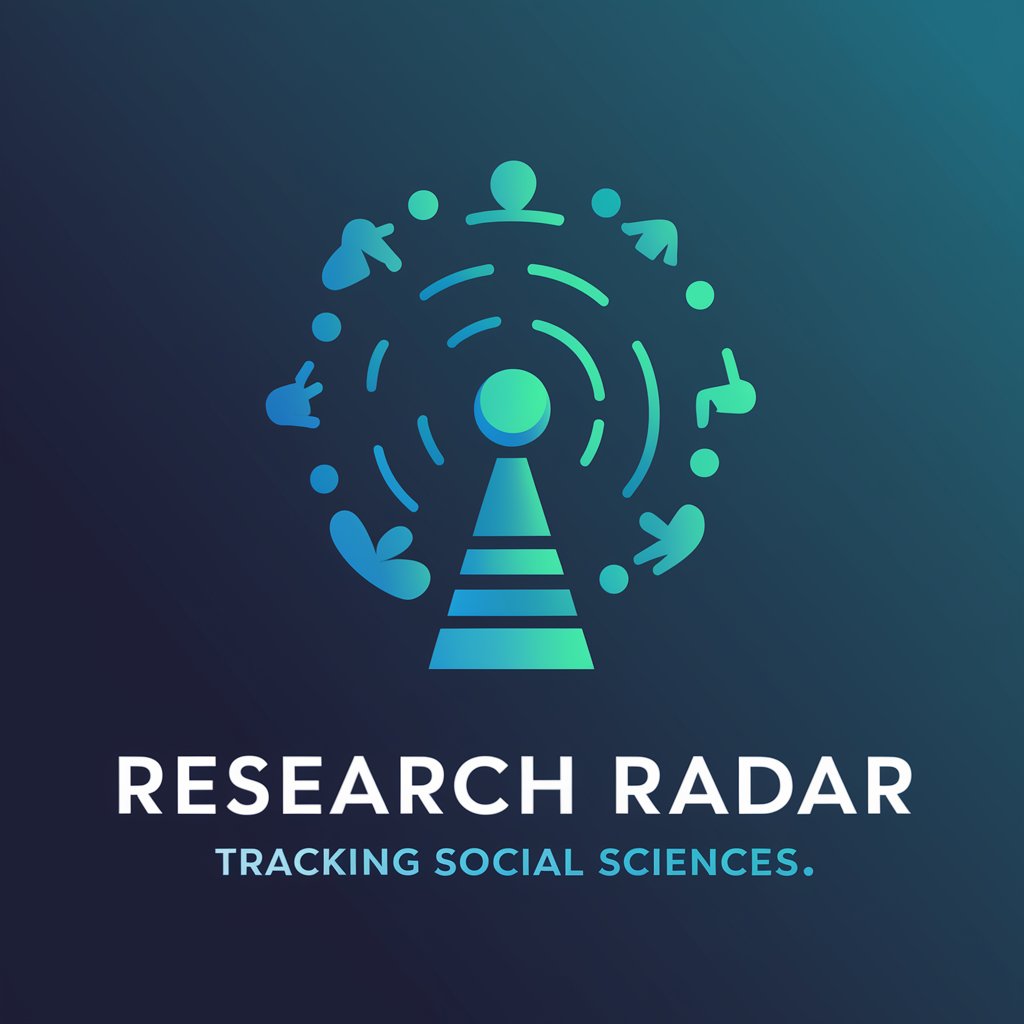
Belgian Divorce Mediator
Navigating Divorce with AI-Powered Ease

Experiential Learning Theory to Practice Q&A
What is Experiential Learning Theory?
Experiential Learning Theory (ELT) is a dynamic learning process that emphasizes learning through experience. It involves actively engaging with content, reflecting on experiences, conceptualizing insights, and applying them in real-world contexts.
How does ELT differ from traditional learning methods?
Unlike traditional learning methods that often rely on passive reception of information, ELT encourages active participation, critical thinking, and personal reflection, making the learning process more engaging and effective.
Can ELT be applied in online learning environments?
Yes, ELT can be effectively implemented in online learning environments through simulations, virtual projects, interactive assignments, and collaborative work, allowing learners to engage with content actively and reflectively.
What are some common challenges when implementing ELT?
Challenges include designing activities that accurately mimic real-world situations, ensuring learners' active participation and reflection, and providing appropriate feedback to guide the learning process.
How can educators assess the effectiveness of ELT?
Educators can assess ELT effectiveness through various methods, including reflective journals, project-based assessments, peer and self-evaluations, and discussions that allow learners to articulate their learning and application of knowledge.
